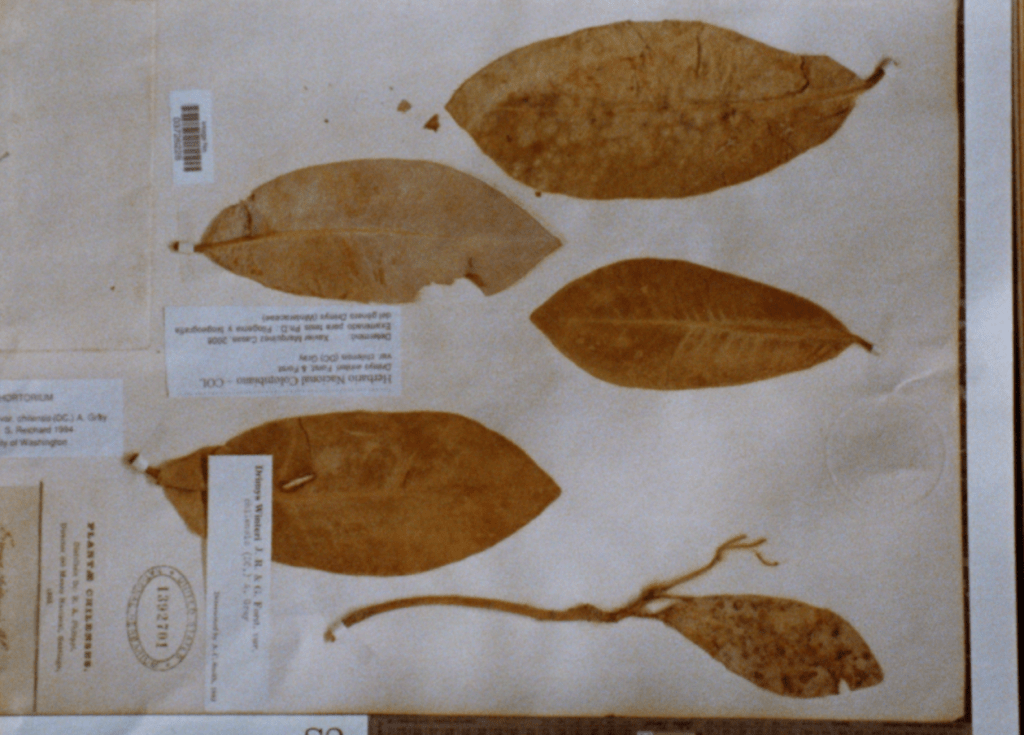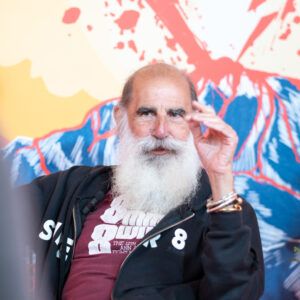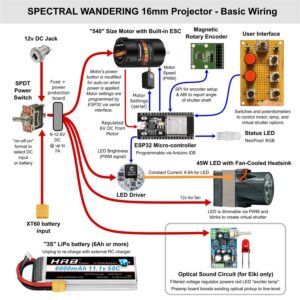This Thursday 1st, Friday 2nd and Saturday 3rd June you will be able to see the three programmes we are dedicating to our Sinais section, which this year is extending its field of action to Spain and Portugal in an effort to include what is happening in the world of experimental cinema around the peninsula. Something is indeed happening, and that is why we are attempting to draw up a brief map here that will give us clues to find where all this hubbub is coming from.

Things are happening in the Iberian Peninsula in terms of experimental cinema, and that is clear in our Sinais section. While it is true that Sinais supports all kinds of formats, the three sessions we are presenting are made up almost entirely of films made in analogue formats. What has happened for a new generation of people, many of whom have been raised in a digital world, to decide to explore photochemical cinema with new eyes? The community needs places to congregate and flourish, and we can point to some of them throughout this land that have created an ecosystem conducive to all this happening. On the one hand, we have the exhibition venues. Beyond our own contribution (the festival has been held since 2010), we can say that for this generation there have been especially influential places such as Xcèntric, the annual cycle of experimental film screenings held at the CCCB in Barcelona, directed by Gloria Vilches. Indeed, Xcèntric recently celebrated its twentieth anniversary. Over those years, a review of the history of experimental film in its original formats has been given priority, while the main institutions, including museums, that carried out this task in Spain have been renouncing this endeavour (with some honourable exceptions such as the Desencadres series by the Filmoteca de Galicia).
Teaching the history and ways of making this type of cinema has also been vital in this panorama. Two focal points stand out in this field. Firstly, there is the LAV, promoted by Pablo Useros in Madrid, which in recent years has been creating a generous space by providing equipment and knowledge with which to infect many people with this fever through its master’s degree and monographic courses. Born out of the LAV, an experimental film programme has also been emerging in different sites in Madrid, both curated by the students and with their own works. Secondly, the Elías Querejeta Zinescola, directed by Carlos Muguiro, has been another of those focal points, this one in San Sebastián, fostering not only creation in these formats, but also the digitisation, preservation and restoration of cinema in narrow gauge formats through its archive branch. Laboratories managed by artists have also emerged in the last decade, such as the Cráter Lab in Barcelona, Zinelab in San Sebastián, and the newborn Acme Obscura thanks to Álvaro Feldman, who also draws on the teachings of the LAV and on the now veteran photography laboratory of La Casa Encendida. We cannot forget to name other teaching hubs, not necessarily for analogue film but a conception of cinema that goes beyond the realms of narrative, as is the case of the workshops given in recent years at festivals such as Novos Cinemas by artists like Adrián Canoura, Helena Girón, Samuel Delgado and others. Then there are also the fine arts faculties such as those of Cuenca, of the University of Barcelona, and the participants in our hope-inspiring Paraíso section: those of Salamanca and the University of Vigo in Pontevedra.
However, as far as photochemical cinema is concerned, we must be aware of the fragile nature of what we have in our hands. That is why this network that we are creating must continue to grow and gain strength in more directions, for example, as regards transmitting knowledge in terms of screening and equipment maintenance. Later, among the events and institutions, another direction lies in the matter of appreciating screenings and considering the working materials of the artists who decide to work in film. Not everything is the same, nor is it interchangeable. There are factors that we cannot deal with, at least for the time being, from here: the prices of virgin film on the rise, and the need to send the films to be developed abroad to obtain certain results that are only possible with more industrial machinery.
What is clear is that the interest and desire to continue working in these formats is alive and kicking, despite some wanting to condemn it to invisibility and obsolescence. The full potential is yet to be discovered among this new generation who, stripped of the nostalgia of previous generations, interpret photochemical cinema in new and exciting ways.





